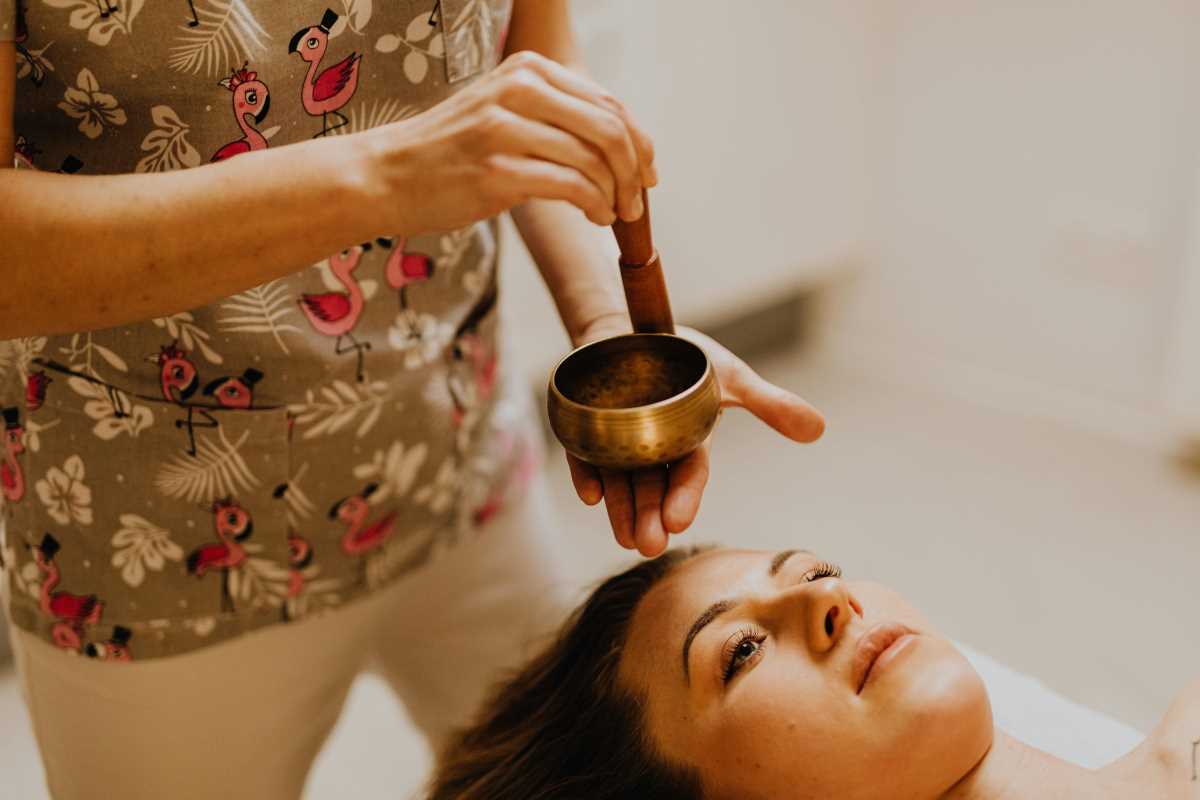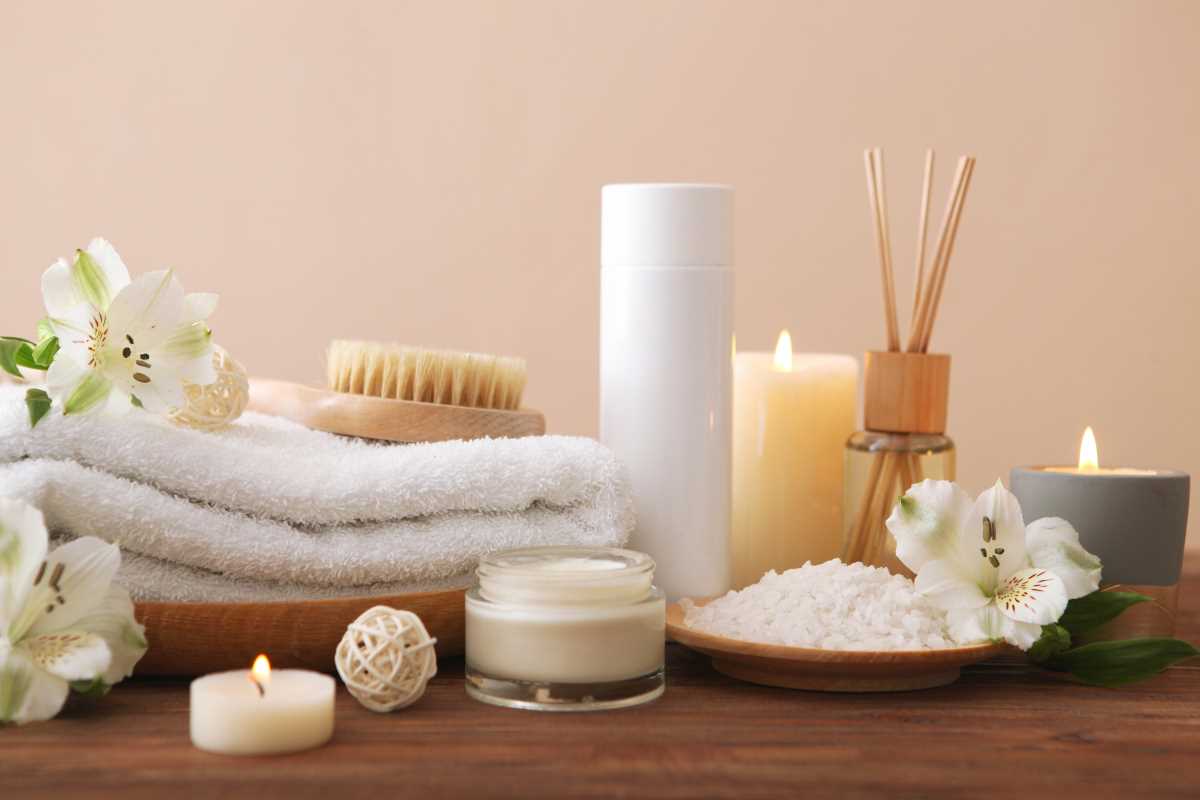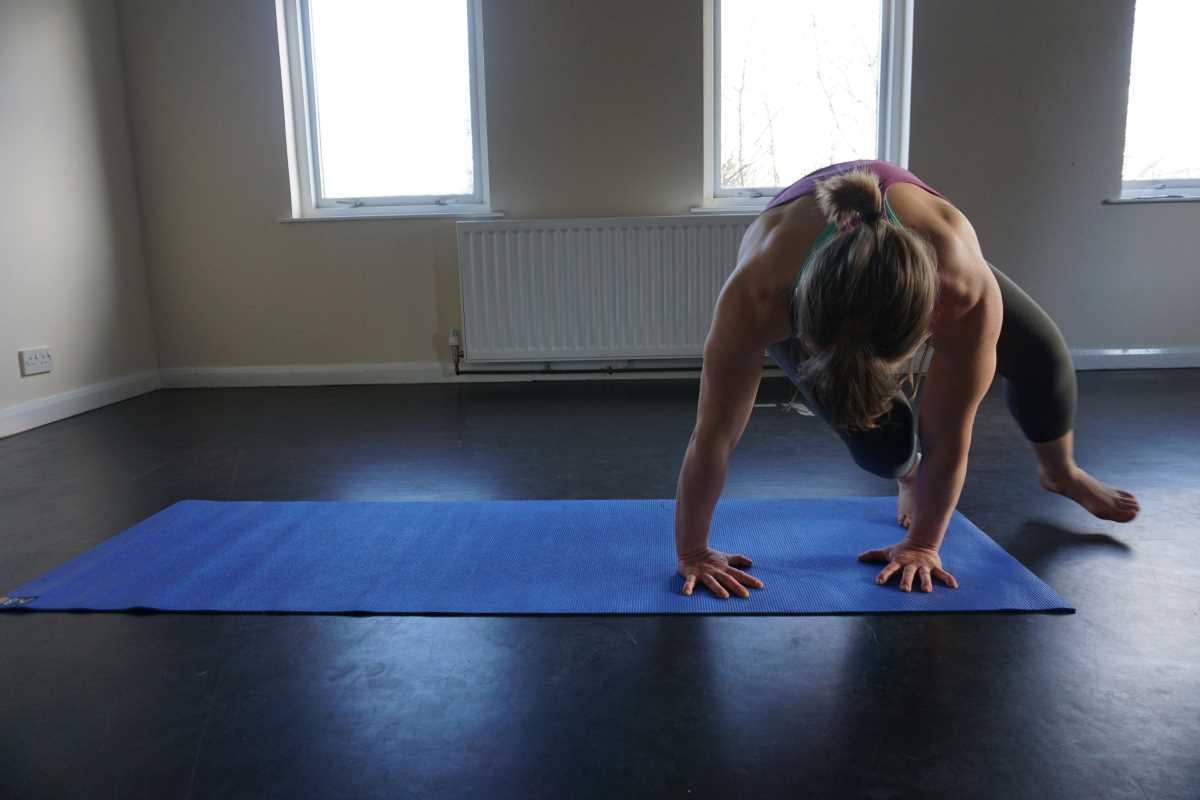Imagine transforming your home into a serene oasis by creating your very own sound bath experience. This unique approach to enhancing your wellness routine allows you to dive into a world of calming sounds right in your living space. As the harmonious tones envelop you, stress begins to melt away, leaving you with a profound sense of relaxation and tranquility. You don't need to rely on a specialized studio to find your inner peace. Instead, by setting up a personal sanctuary of soothing audio, you can enjoy the benefits of a sound bath anytime, adding an extra layer of calm to your daily life.
Understanding Sound Baths
A sound bath offers a meditative experience that uses sound waves and vibrations from various instruments to help individuals reach a state of deep relaxation and mental clarity. Unlike traditional baths, which involve water, a sound bath envelops you in harmonious sounds that wash over your body, influencing your mind and emotions.
During a sound bath, participants typically lie down in a comfortable position while the practitioner plays instruments like singing bowls, gongs, or chimes. The sounds create a sonic landscape that can lead to altered states of consciousness, similar to those achieved through meditation or deep relaxation practices. The goal is to let the sounds guide you into a valley of calm and serenity, helping you release tension and support holistic well-being.
Essential Elements of a Sound Bath
- Quiet Environment: A space free from external noises ensures that the sound bath experience immerses you without interruption.
- Comfortable Seating or Lying Area: Use yoga mats, cushions, or blankets to create a cozy spot where you can relax fully.
- Sound Instruments: Essential tools include singing bowls, gongs, tuning forks, chimes, and drums, which produce the therapeutic sounds.
- Lighting: Soft, ambient lighting or candles can enhance the calming atmosphere, making the space feel more inviting.
- A Timer or Gentle Alarm: To gently signal the end of the session without abrupt interruptions.
- A Relaxing Playlist (Optional): Background ambient music can complement the live sounds for a richer experience.
Setting Up Your Space
- Choose a Quiet Room: Select a space in your home where you won’t be disturbed. It should be large enough to accommodate your setup comfortably.
- Arrange Comfortable Seating or Lying Area: Lay out yoga mats, blankets, and pillows to create a serene and comfortable area for relaxation.
- Optimize Lighting: Use dimmable lights, candles, or essential oil lamps to create a soft, soothing ambiance that promotes relaxation.
- Organize Your Sound Instruments: Arrange your instruments within easy reach. Make sure each is accessible so you can smoothly incorporate them into your session.
- Control the Temperature: Ensure the room is at a comfortable temperature, adjusting as necessary to keep you relaxed throughout the experience.
- Minimize Clutter: Keep the area tidy and free from distractions, allowing your mind to focus solely on the sounds and your inner state.
Choosing Your Sounds
- Tibetan Singing Bowls: These produce rich, resonant tones that can help balance your energy and promote deep relaxation.
- Gongs: Offering powerful vibrations, gongs can cleanse your energy and facilitate profound meditative states.
- Chimes: Light and delicate, chimes add a sparkling quality to the sound bath, enhancing the overall experience.
- Tuning Forks: These precise instruments help target specific energy centers in the body, aiding in healing and alignment.
- Drums: Soft drumming rhythms can ground you and enhance the rhythmic flow of your meditation.
- Electronic Ambient Sounds: Incorporate gentle electronic sounds or nature recordings to add variety and depth to your soundscape.
Conducting Your Sound Bath
Start by settling into your prepared space, ensuring you feel comfortable and relaxed. Begin the session with gentle sounds, such as chimes or tuning forks, to establish a calming foundation. Gradually introduce deeper tones from instruments like singing bowls or gongs, allowing the sound waves to envelop your body.
Maintain a steady rhythm, but allow flexibility to follow the natural flow of the sounds. Focus on your breath and try to synchronize your breathing with the vibrations of the instruments. If your mind wanders, gently bring your attention back to the sounds, letting them guide you deeper into relaxation.
Integrating Sound Baths into Your Routine
Making sound baths a regular part of your wellness routine can significantly enhance their benefits. Schedule a specific time each week dedicated to your sound bath practice, treating it as an essential part of your self-care regimen. You can also combine sound baths with other wellness activities, such as yoga or meditation, to create a comprehensive holistic practice.
Consider varying your sound bath experience by introducing new instruments or changing the length of your sessions. Recording your experiences in a journal can help you track your progress and notice subtle shifts in your well-being. Sharing your sound bath practice with friends or family members can also create a supportive community and deepen your commitment to regular practice.
Experience the transformative effects of a personalized sound bath to enhance your wellness and achieve a balanced life.
 (Image via
(Image via





